海外から次々と旅行者が訪れている古民家宿が、徳島県の山深い所にあります。40年ほど前に文化人類学者のアレックス・カーさんが惚れ込んだ1軒の茅葺の古民家から、世界的に注目されている活動がはじまります。
徳島県の山深いところに外国人がひっきりなしに訪れる「祖谷(いや)」という渓谷があります。なぜ、こんな山奥に外国の人が訪れるのか。その秘密は、文化人類学者のアレックス・カーさんの監修した宿「篪庵(ちいおり)」という祖谷渓谷に佇む古民家宿にあります。また行きたくなる、とってもオススメの宿です。篪庵 (篪は竹の笛の意)は、徳島県三好市の祖谷渓谷に建てられた江戸時代の藁葺き古民家です。1970年頃にアレックスさんが購入し、NPO法人篪庵トラストによって管理されています。
“Chiiori” (House of the Flute) is the name of an Edo period minka farmhouse in the Iya Valley, western Tokushima, Japan. Purchased by Alex Kerr in the 1970s, the house is now home to staff members of Chiiori Trust, a non-profit organization based in Iya Valley that is working toward solutions to the problems surrounding depopulation in rural Japan.
篪庵(ちいおり)
住所:徳島県三好市東祖谷釣井209 [Google Map]
電話: 0883-88-5290
時間:10:00〜17:00
Mountain Lodge “Chiiori”
Address : 209 Tsurui, Higashi-iya, Miyoshi city, Kagawa pref., Japan [Google Map]
*It is a 50-minute drive from JR Oboke station.
Tel : 0883-88-5290
Time : 10:00-17:00
アメリカ合衆国の新聞「ワシントン・ポスト」に徳島県の祖谷渓が紹介されています。1973年に当時21歳だったアメリカ人、アレックス・カーが購入した築300年余りの茅葺屋根の古民家が宿として生まれ変わり、日本国外に広く「IYA valley」が知られることになりました。室戸の蜂谷君をはじめ、たった一人の若者が移住することでその地域が劇的に変化する事例を四国でいくつか出会ったことがありますが、祖谷はそのなかでも顕著な原型と言う事ができます。
篪庵(ちいおり)
住所:徳島県三好市東祖谷釣井209 [Google Map]
電話: 0883-88-5290
時間:10:00〜17:00
Mountain Lodge “Chiiori”
Address : 209 Tsurui, Higashi-iya, Miyoshi city, Kagawa pref., Japan [Google Map]
*It is a 50-minute drive from JR Oboke station.
Tel : 0883-88-5290
Time : 10:00-17:00
Few Americans know about this mysterious, remote valley in southern Japan – The Washington Post
The Japanese know the Iya Valley for its remoteness, alpine scenery and vine bridges and for being the fabled 12th-century refuge of the Heike clan. Americans are unlikely to know it at all, but if they do, it’s probably because of Alex Kerr.
At the tourist information office near Tokyo Station, I tried to explain this to the two very nice women behind the counter. They were visibly surprised that a foreigner was planning to visit the valley, which nestles in the mountains of Shikoku, the smallest of Japan’s four main islands.
Kerr, a writer whose study of Asian languages and culture began as a 9-year-old in Bethesda, discovered the Iya Valley in 1971, when he was a college student. He soon bought an unoccupied farmhouse there and renovated it, painstakingly restoring the thatched roof. He named the place Chiiori, or “House of the Flute.”
I gave a brief account of this, which I’d read about in Kerr’s 1996 book, “Lost Japan.” The women smiled and shook their heads, as if this was the sort of thing only Westerners could possibly know about. Then they handed me two brochures produced by the area’s tourist boards. On the cover of one was a picture of Chiiori.
Visiting the Iya Valley last summer, I didn’t make it to Chiiori. It’s far off the main road and is now a rather expensive hostelry, managed by a nonprofit group Kerr founded. But I was glad to see that picture, just to prove that someplace I’d read about in the region actually existed. I’d found little other evidence that there was anything there, except the history reflected in the name Iya Valley, which means “Ancestor Valley.”
In the age of crowdsourced data, there’s little uncharted territory. Yet in 2015, Google Maps showed nothing in most of the Iya Valley save mountains, the Iya River and a few twisting roads. (Cursory information on a few more places has been added since, but the map is still largely empty.) When I arrived at Oboke, the closest train station, I had only a vague sense of what awaited me.


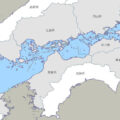



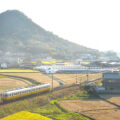




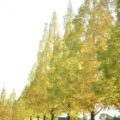
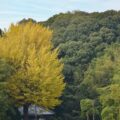
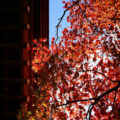

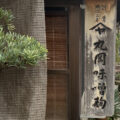
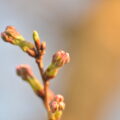

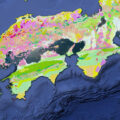
![【香川】春日川の川市 – [Kagawa] River market of Kasuga river](https://yousakana.jp/wp-content/uploads/wordpress-popular-posts/49605-featured-120x120.jpeg)
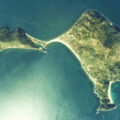
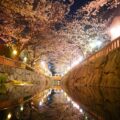



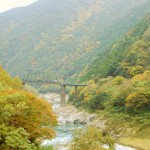
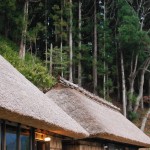


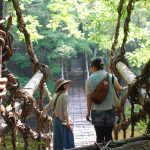


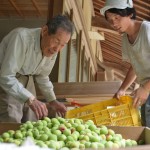
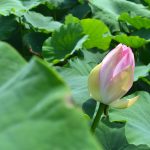
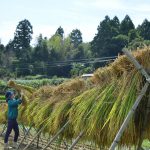
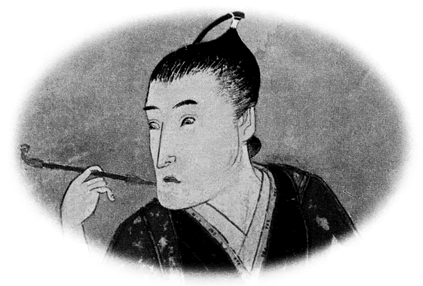
![【香川】当たり前のものが当たり前に美味しい。丁寧で美味しいご飯『Nöra(ノラ)』 – [Kagawa] Delicious Cuisine and tea “Nora”](https://yousakana.jp/wp-content/uploads/2021/12/nora_restaurant_cafe_busshozan_kagawa-800x534.jpeg)
![【徳島 6/1(土)一般公開】全国唯一。江戸時代の塩づくりの家『福永家(ふくながけ)』 – [Tokushima] “Fukunagake” Saltworker’s Residence](https://yousakana.jp/wp-content/uploads/2022/10/fukunagake_naruto-800x534.jpeg)
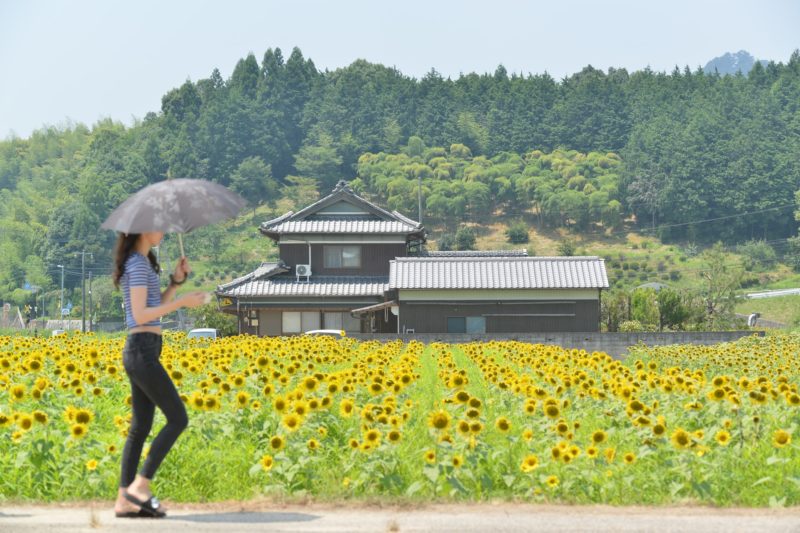
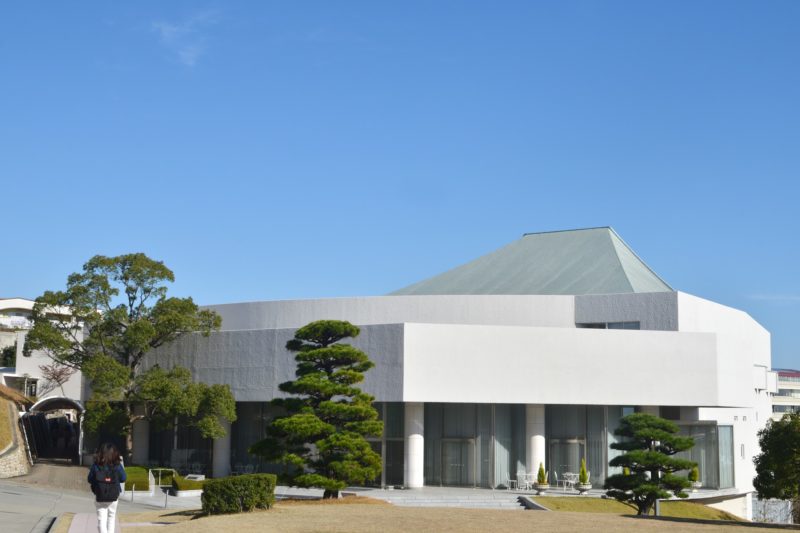
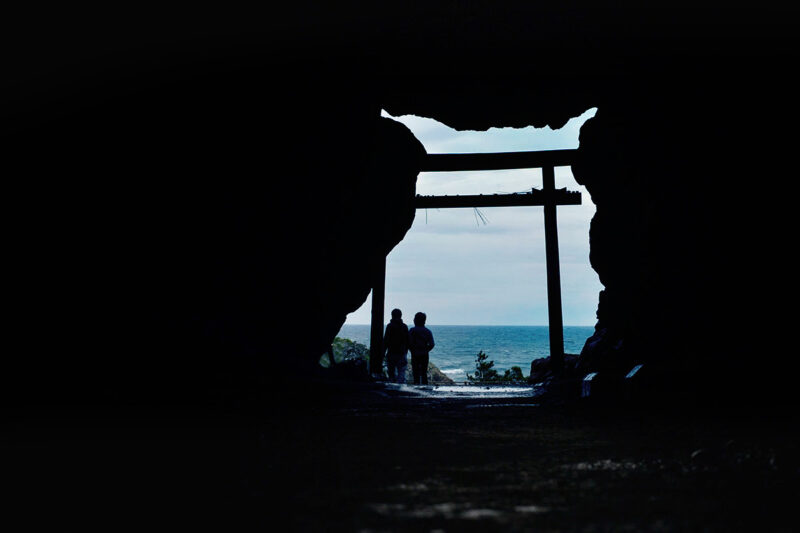
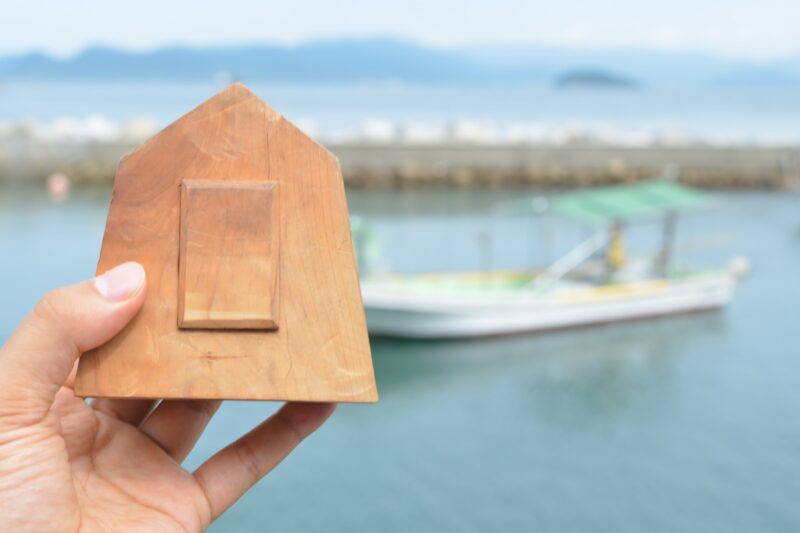
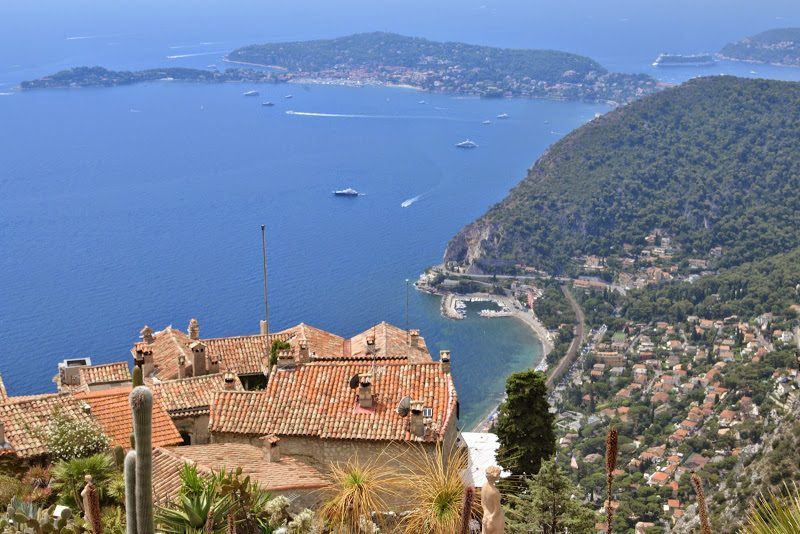
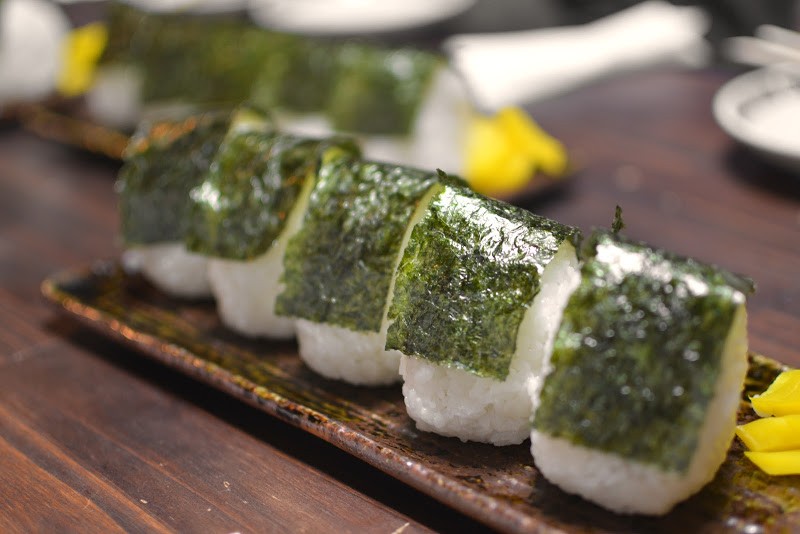
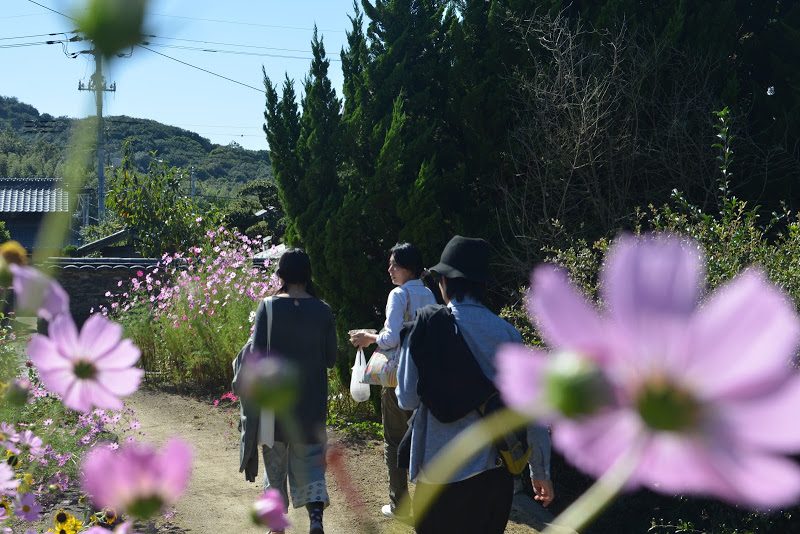
![【香川】ことでんでお花見。挿頭丘駅(かざしがおかえき) – [Kagawa] Kazashigaoka station of Kotoden](https://yousakana.jp/wp-content/uploads/2023/03/kazashigaoka-sakura-kotoden-800x533.jpeg)
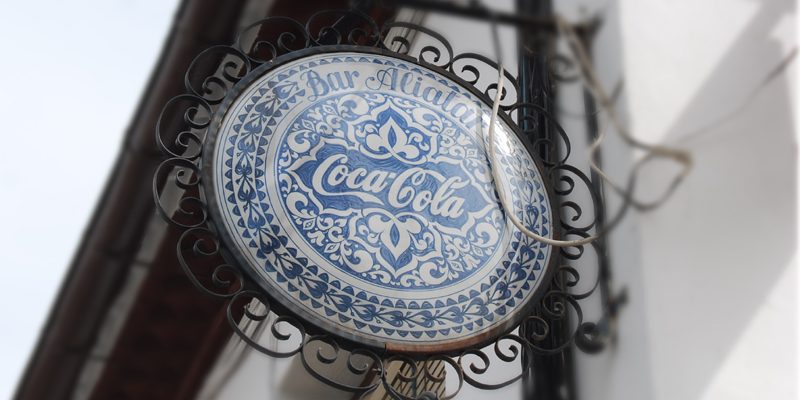
![【香川】日本100名城・現存天守・石垣の高さ日本一!『丸亀城』 – [Kagawa] Important Cultural Properties “MARUGAME CASTLE”](https://yousakana.jp/wp-content/uploads/2024/05/marugame-800x534.jpeg)
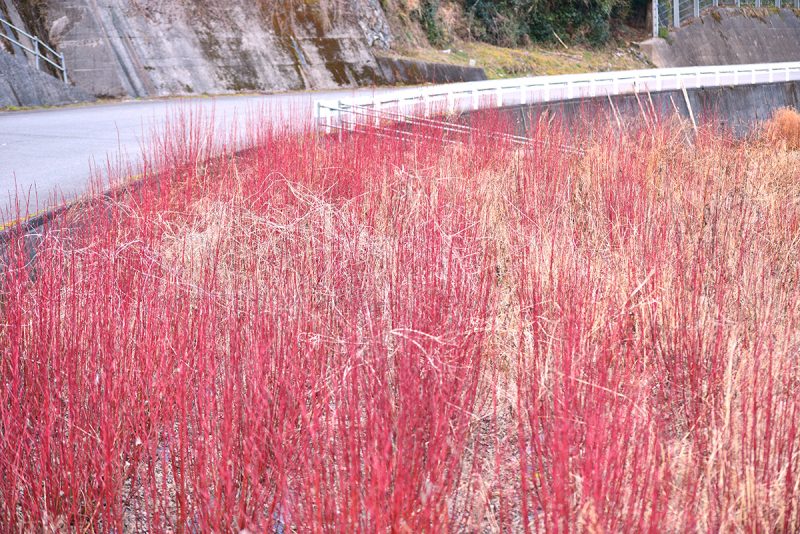
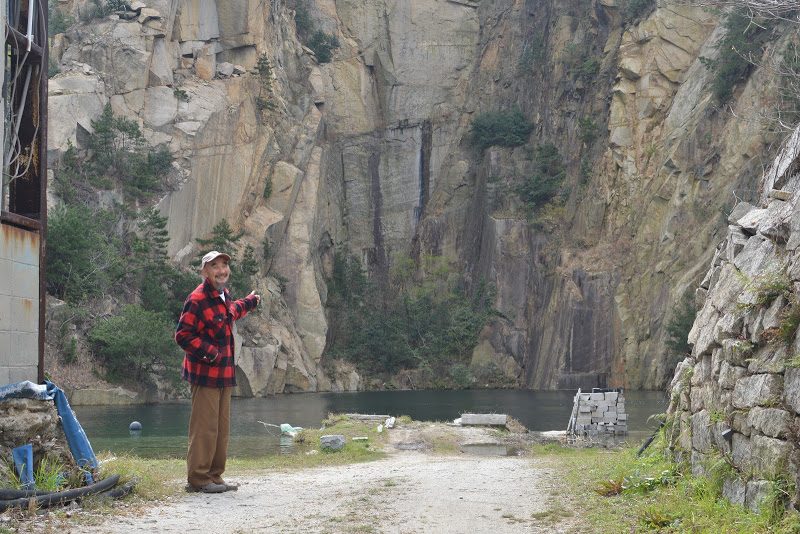
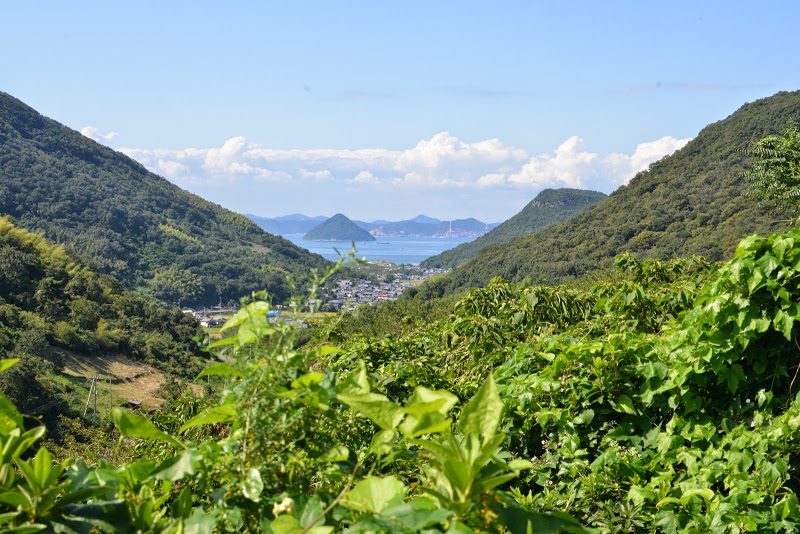
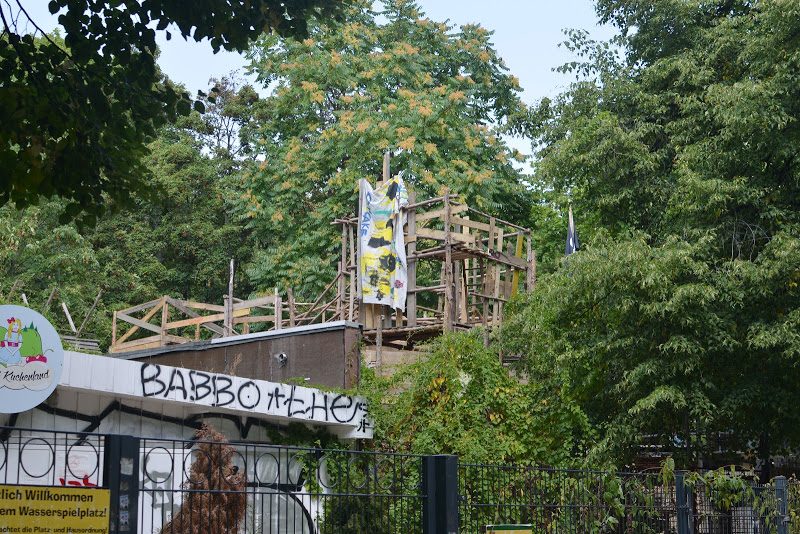
![【香川】はざまのいちじく(無花果) – [Kagawa] Fig of Hazama, Mannou town, Kagawa pref.](https://yousakana.jp/wp-content/uploads/2017/08/fig_hazama_mannou-town-800x450.jpg)
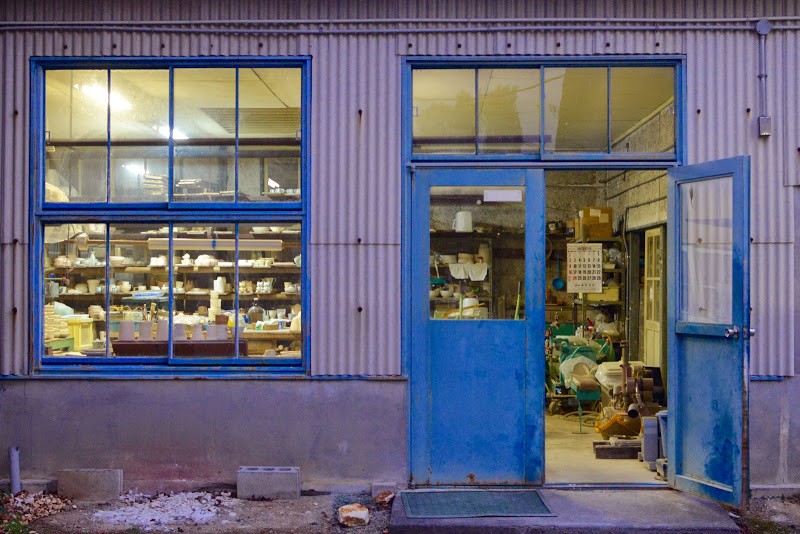
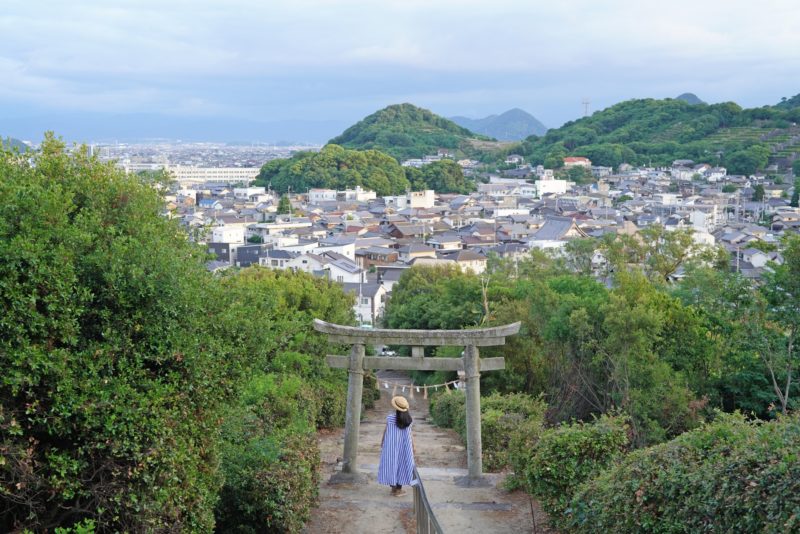
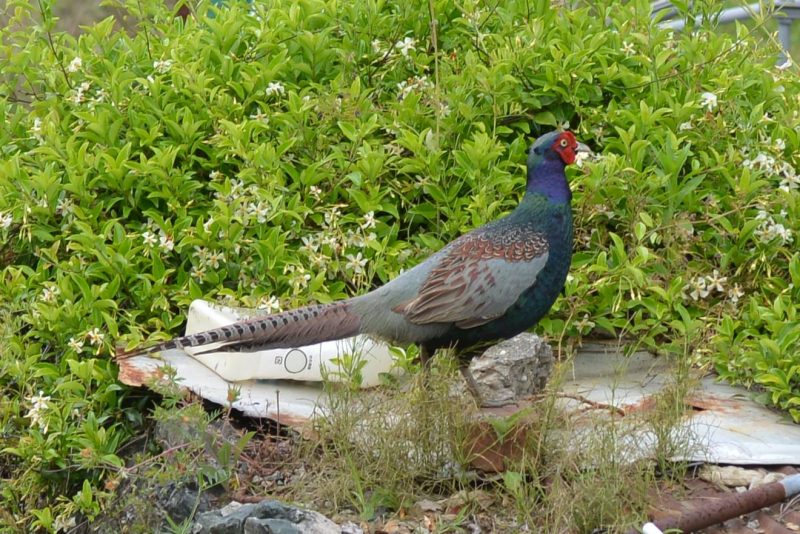
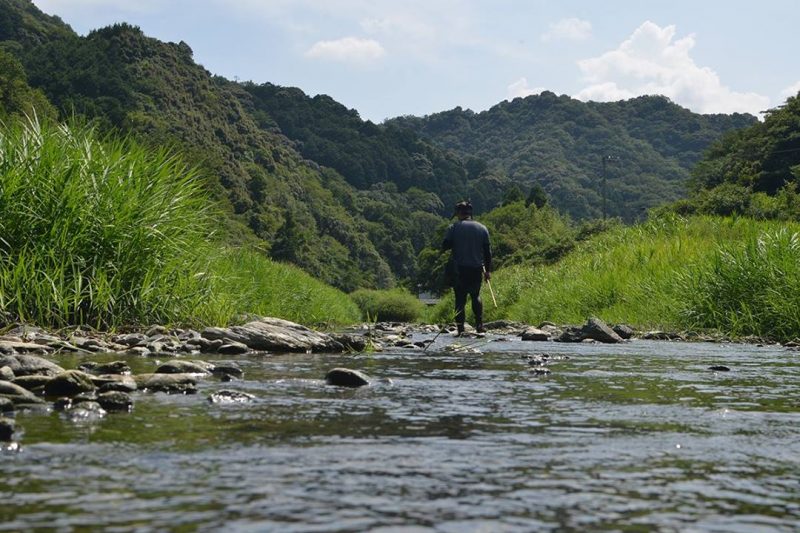
![【閉店】創業60年の老舗のうどん屋「谷川製麺所」が閉店 – [Close Dec. 30th] Tanigawa noodle‐making factory at Kagawa](https://yousakana.jp/wp-content/uploads/2014/12/shippoku-udon-800x534.jpg)
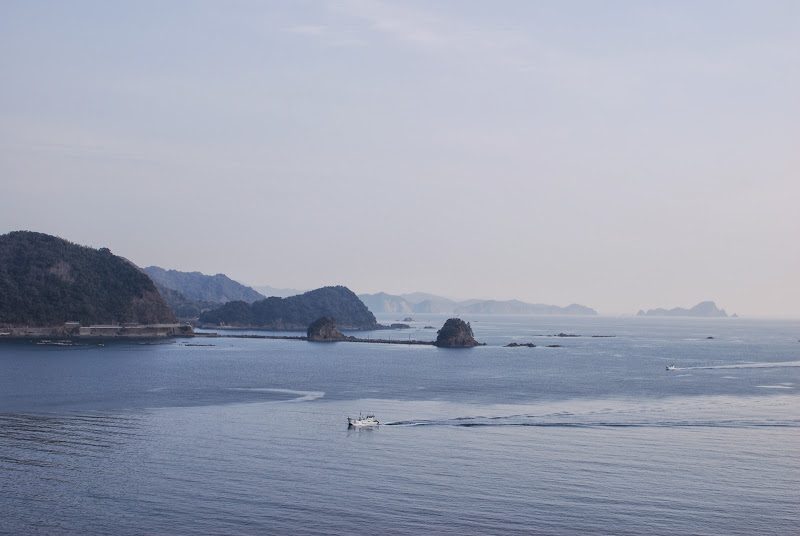
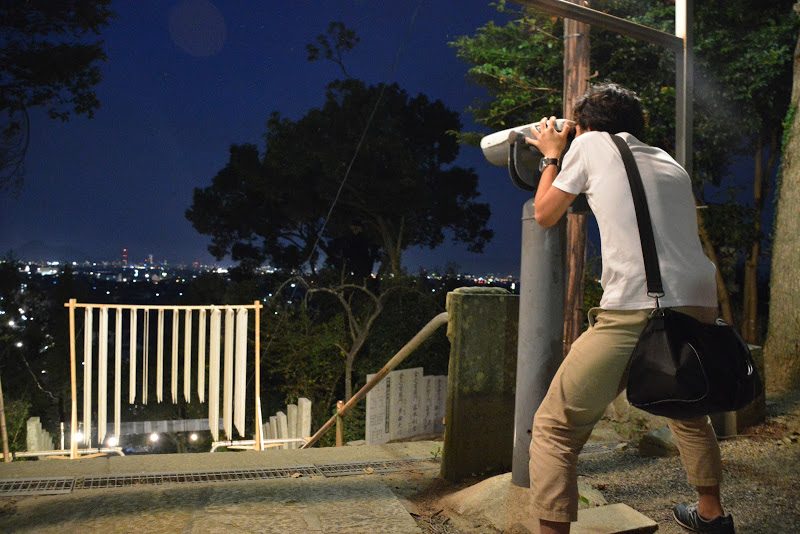
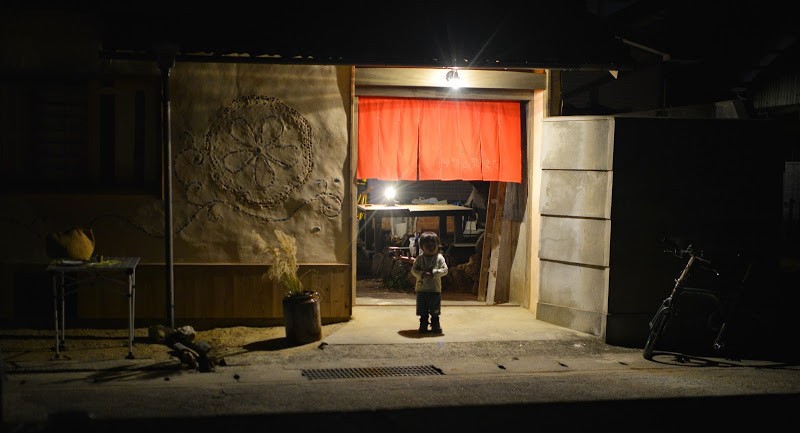
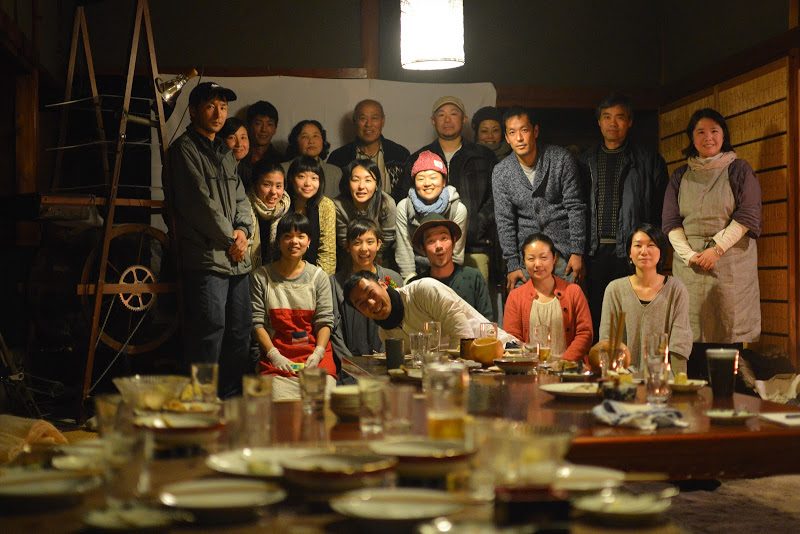
![【徳島 公共建築百選】増田友也設計『鳴門市文化会館』 – [Tokushima: 100 public buildings] “Naruto City Cultural Hall” designed by architect Tomoya Masuda](https://yousakana.jp/wp-content/uploads/2022/06/Naruto-City-Cultural-Hall-800x506.jpg)
![【高知】仁淀川、4年ぶりの「水質日本一」に – [Kochi] Niyodo River ranked Japan’s best in water quality for the first time in four years](https://yousakana.jp/wp-content/uploads/2025/07/nikobuchi_niyodo-river_kochi-800x533.jpg)
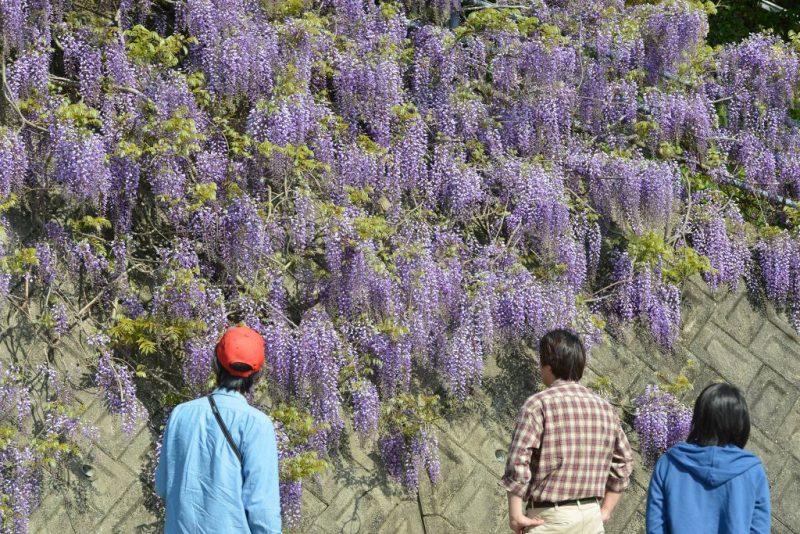
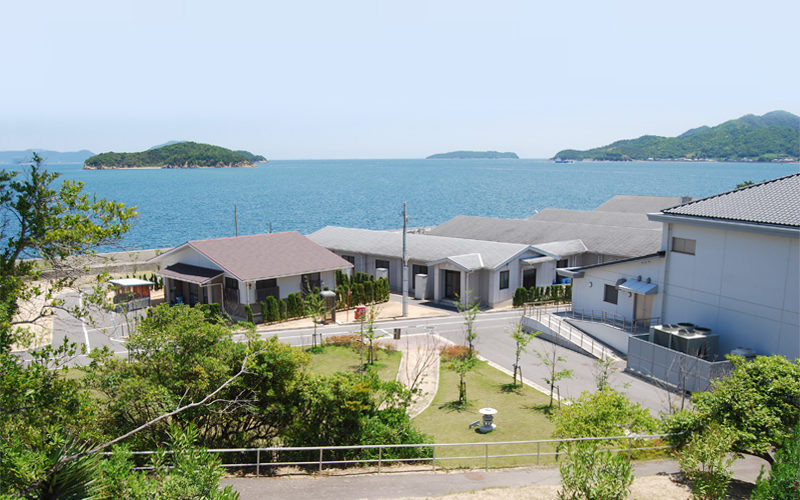
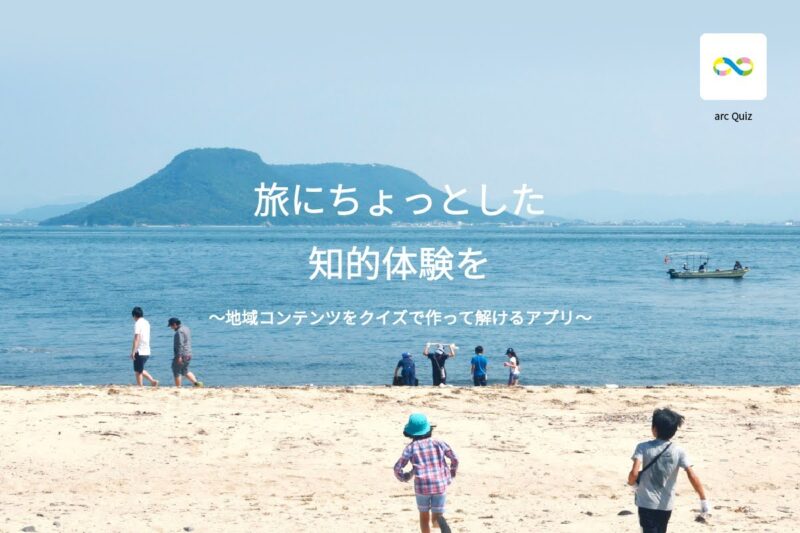
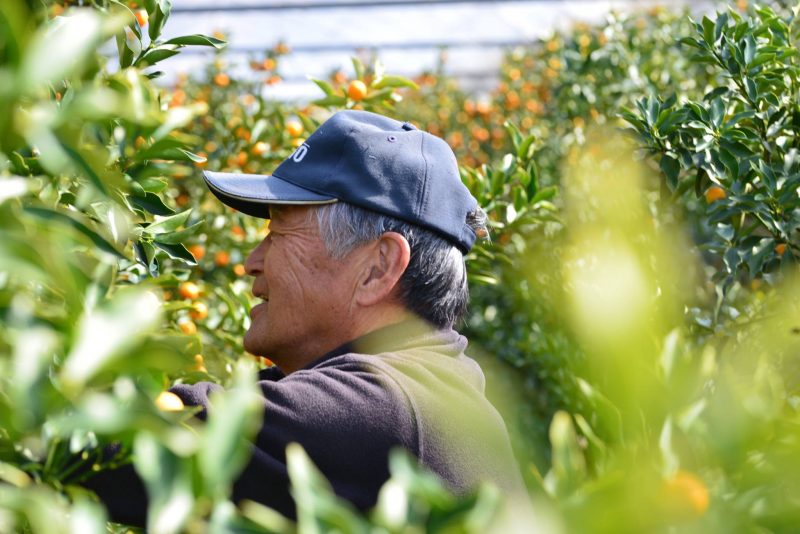
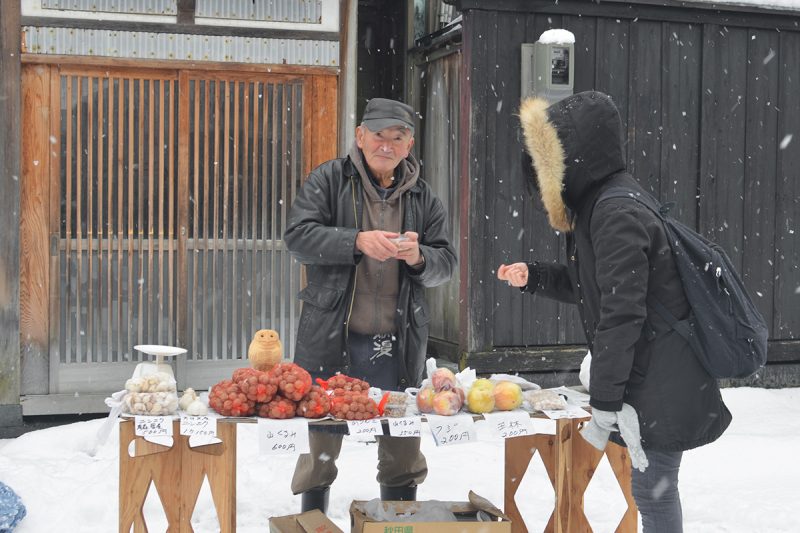
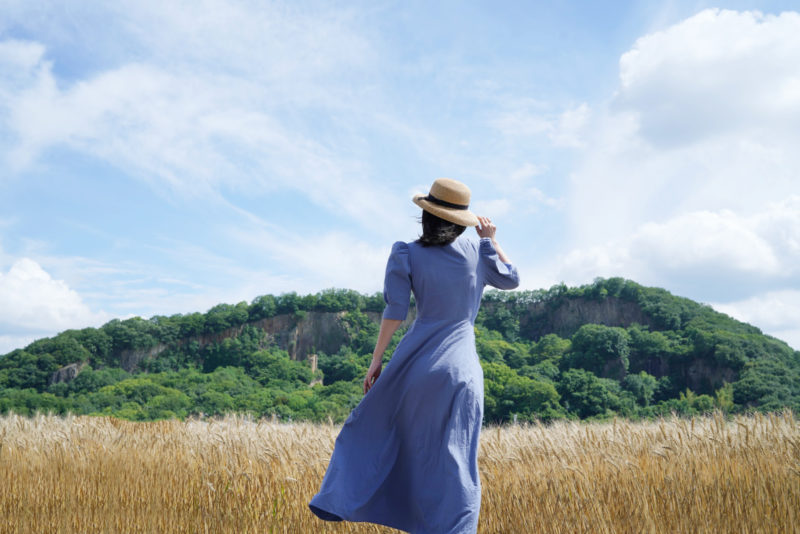
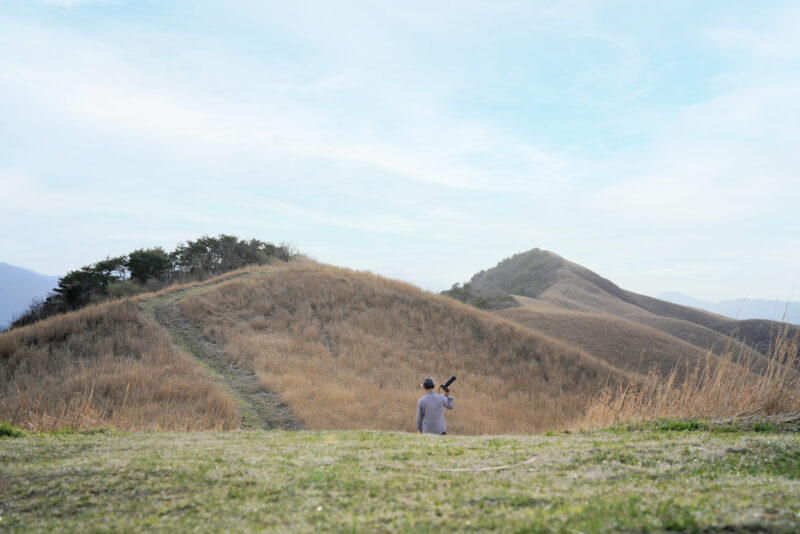
![【広島 8/6】原爆ドームとは何か。世界遺産が語り継ぐ平和の象徴 – [Hiroshima 6 Aug.] What is the A-Bomb Dome? A symbol of peace passed down by World Heritage sites](https://yousakana.jp/wp-content/uploads/2024/07/Hiroshima-Peace-Memorial_Atomic-Bomb-Dome-800x533.jpg)
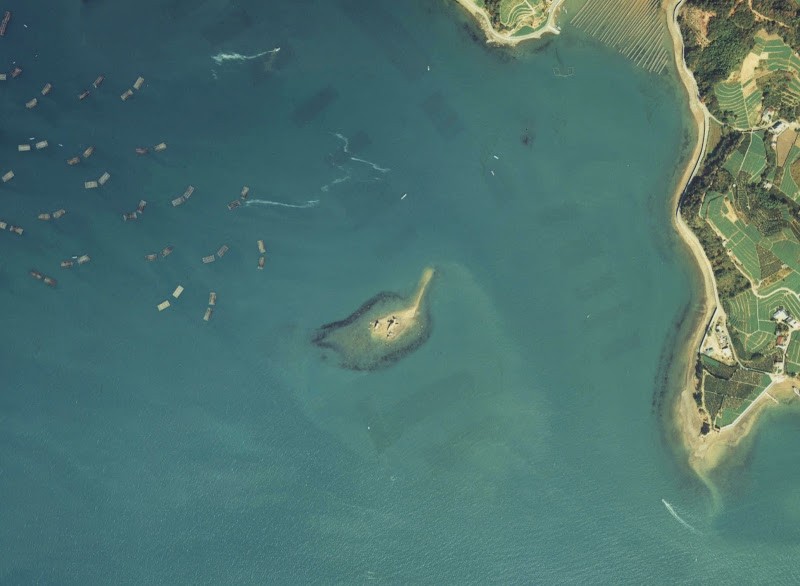
![【創業幕末!】うどん県最古『ヨコクラうどん』 – [Since Edo period] The oldest udon shop in Kagawa Pref. “Yokokura Udon”](https://yousakana.jp/wp-content/uploads/2021/12/yokokura-udon_takamatsu-kagawa_index-800x533.jpg)
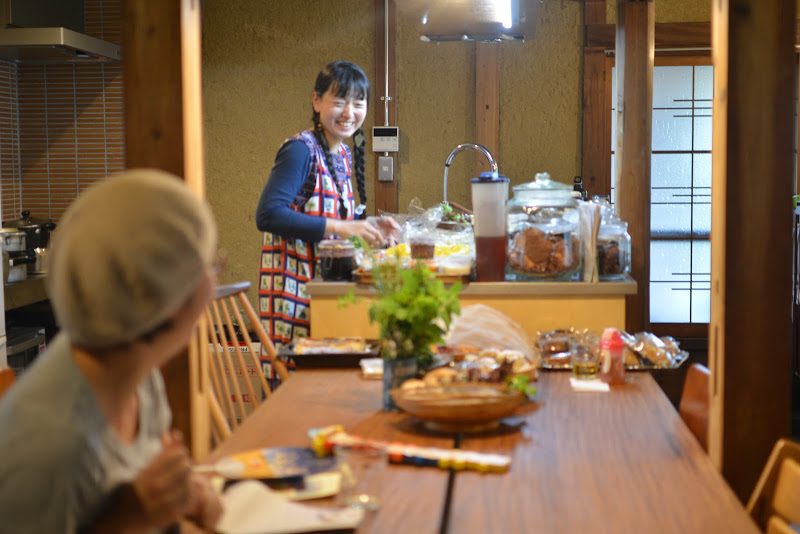
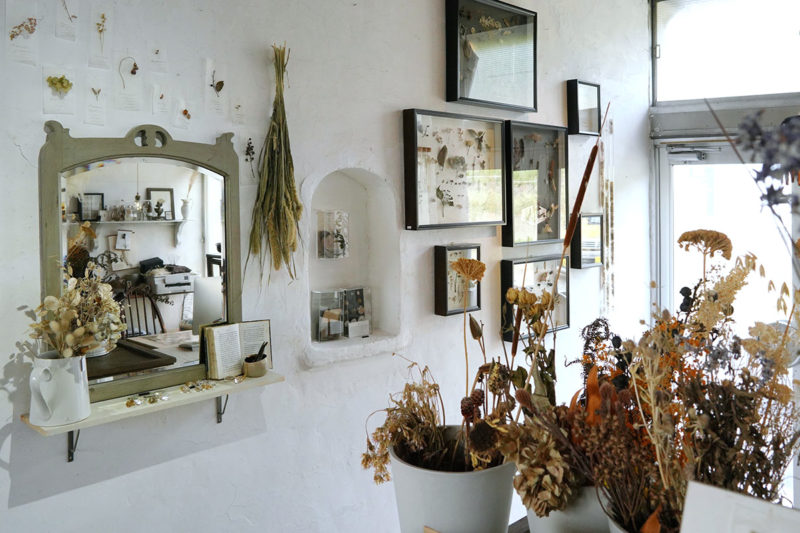
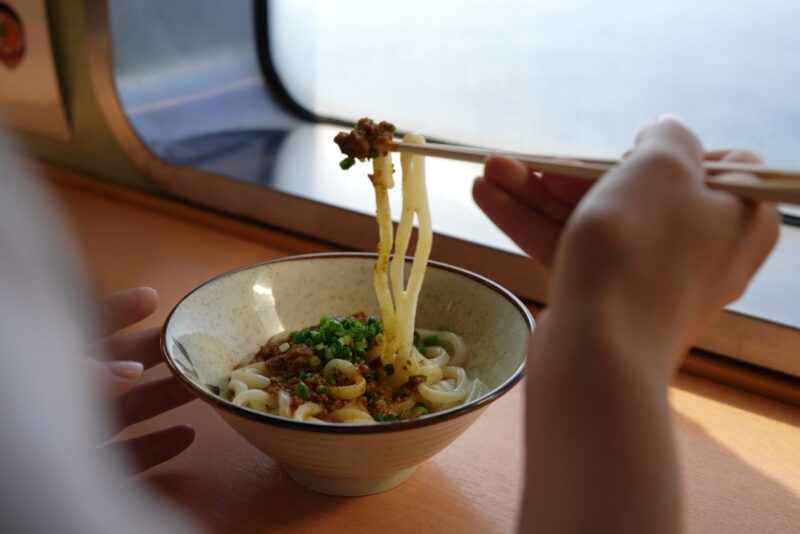
![【香川】甘い香り。いちご狩り スカイファーム – [Kagawa] Strawberry Picking “SKY FARM”](https://yousakana.jp/wp-content/uploads/2018/05/strawberry-800x534.jpg)
![【香川】高松・中央卸売市場特別開放 – [kagawa] The Takamatsu City Central Wholesale Market](https://yousakana.jp/wp-content/uploads/2015/02/takamatsu-market-800x533.jpg)
![【高知】日本の桜名所100選。植物学者・牧野富太郎さんの故郷にある『牧野公園』 – [Kochi] “Makino Park”, Botanist Tomitaro Makino](https://yousakana.jp/wp-content/uploads/2022/02/panorama_makino-park_sakura-800x533.jpg)
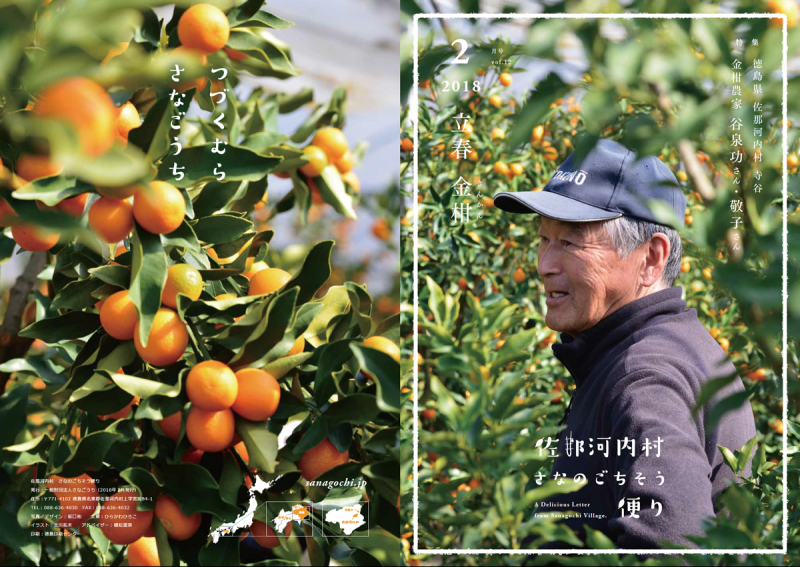

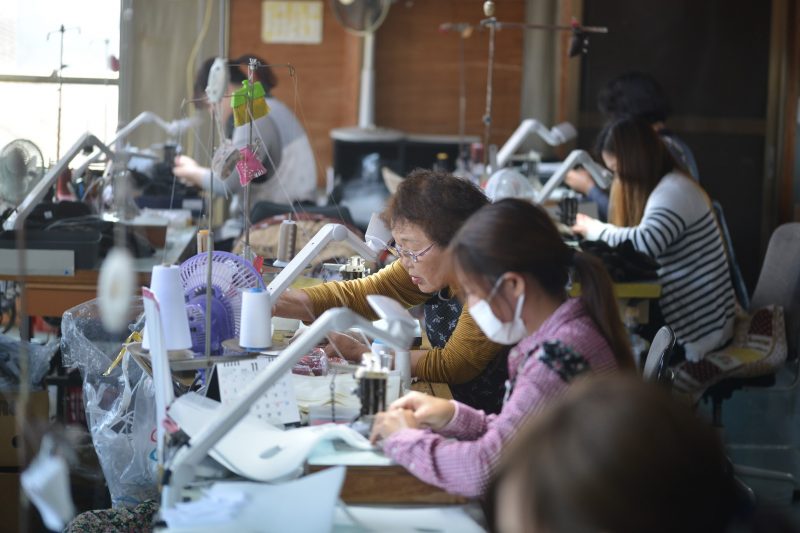
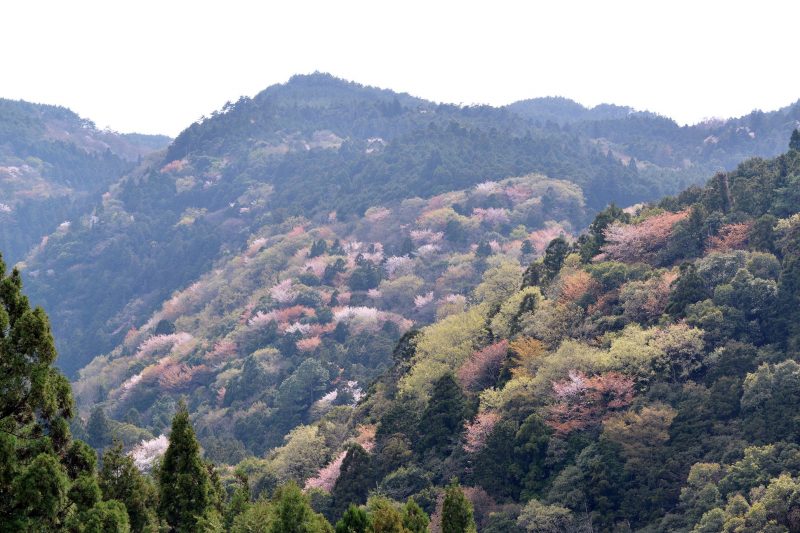

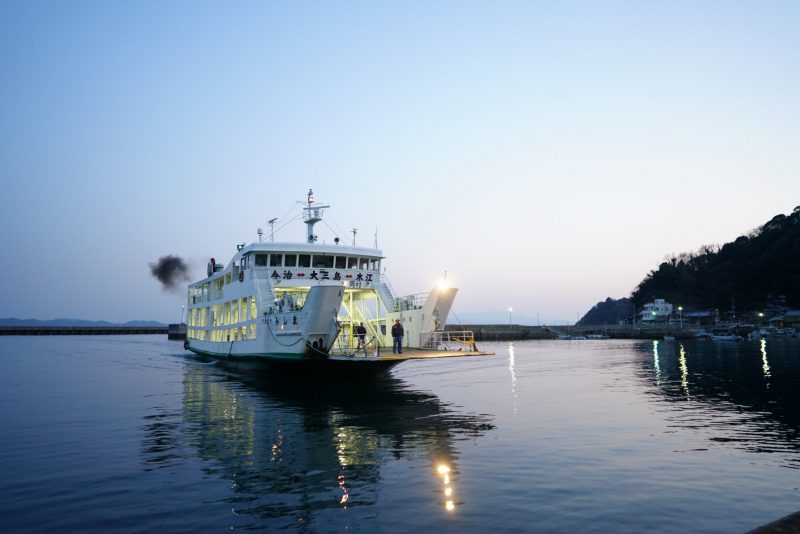
![【香川】国の史跡、四国最大級の古墳『富田茶臼山古墳』 – [Kagawa, National historic site] Tomida Chausuyama Ancient Tomb](https://yousakana.jp/wp-content/uploads/2021/01/Tomitachausuyama-kofun_title-800x533.jpg)
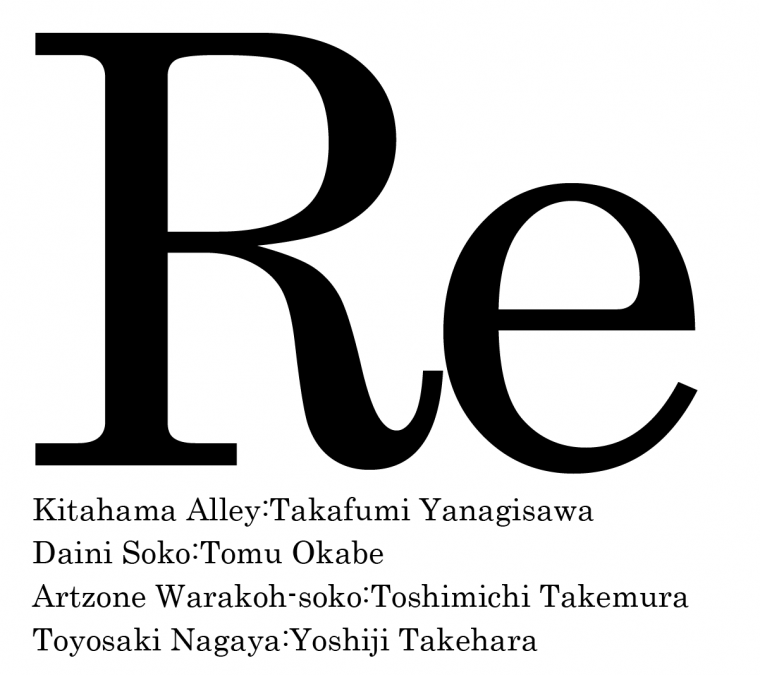
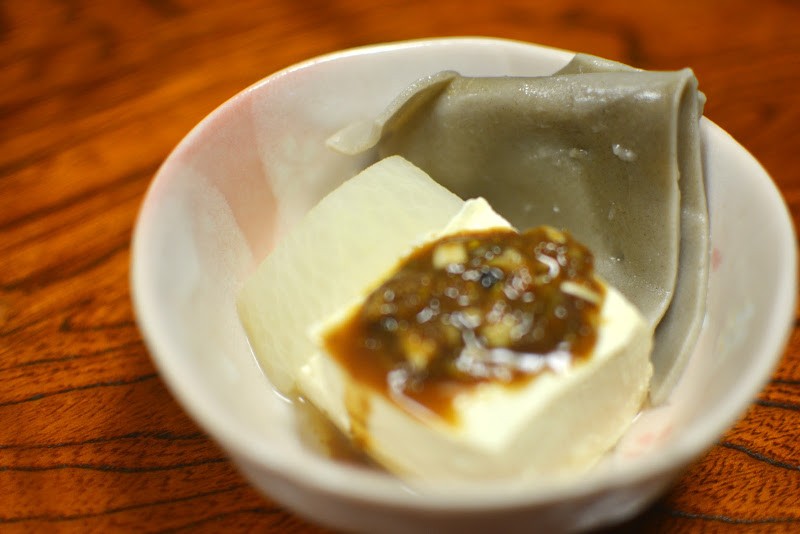
![【香川】四国霊場第81番札所、白峰寺 – [Kagawa] Shiromineji temple](https://yousakana.jp/wp-content/uploads/2021/11/shiromineji-temple_kagawa_sakaide-800x534.jpeg)
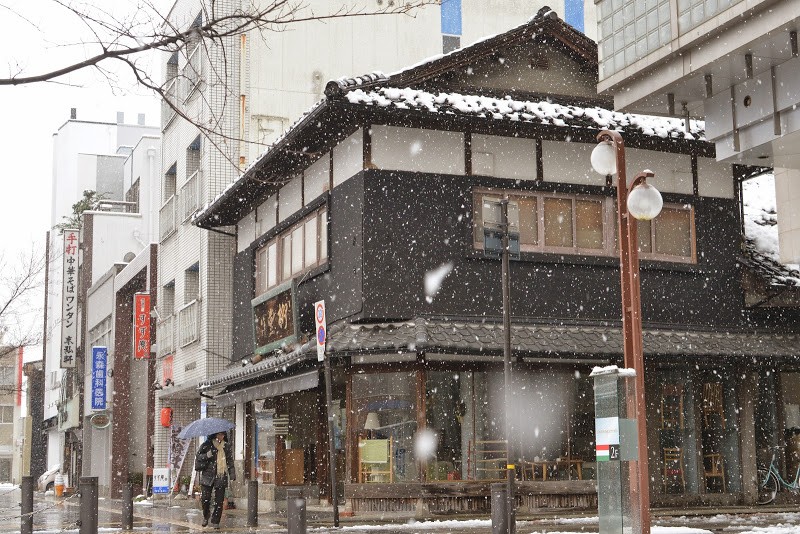
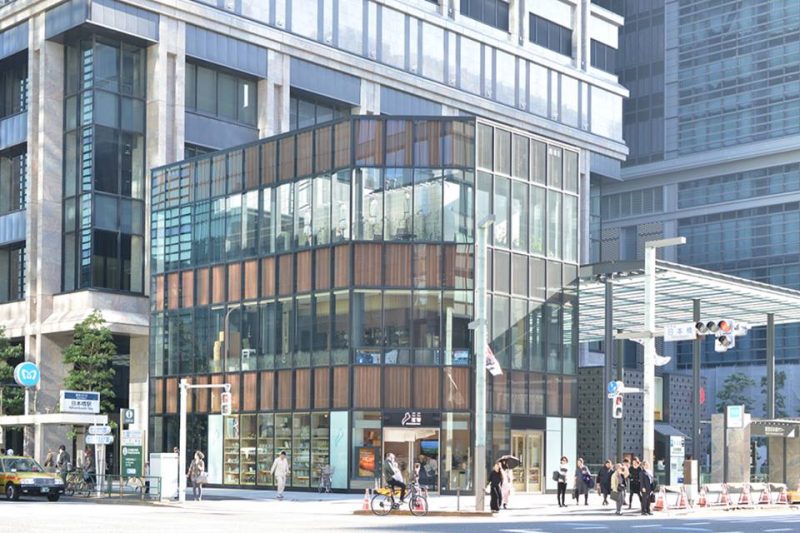
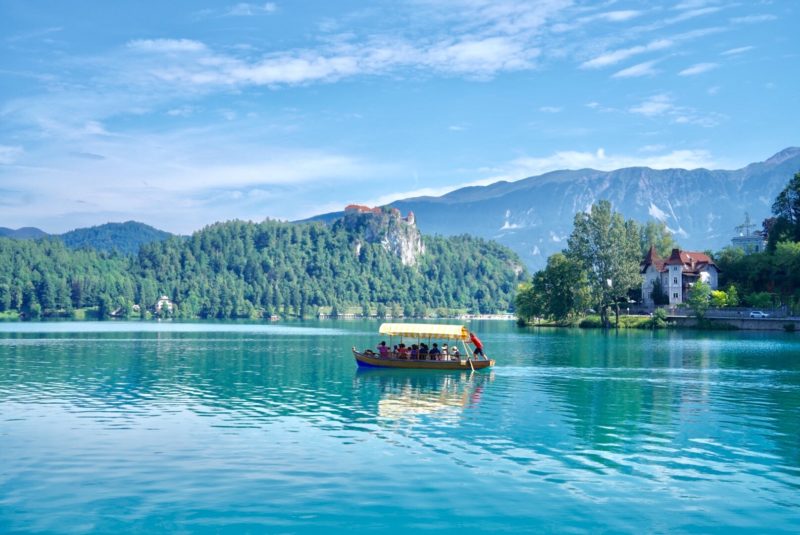
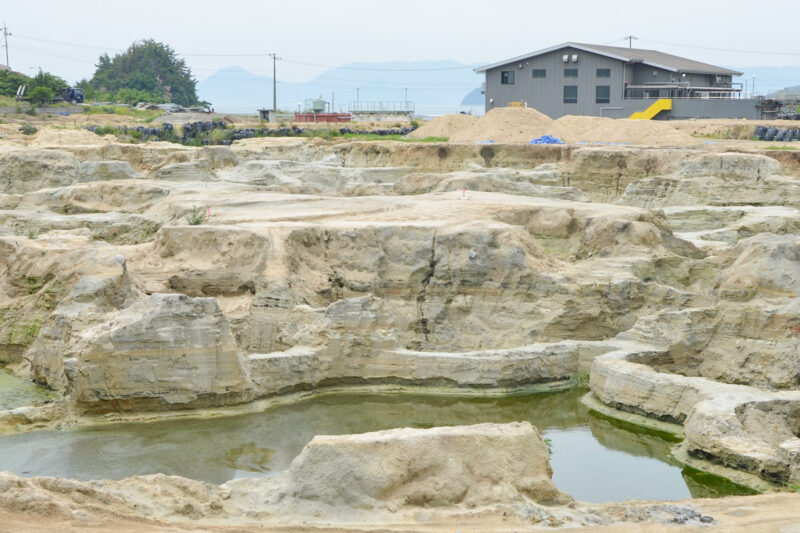
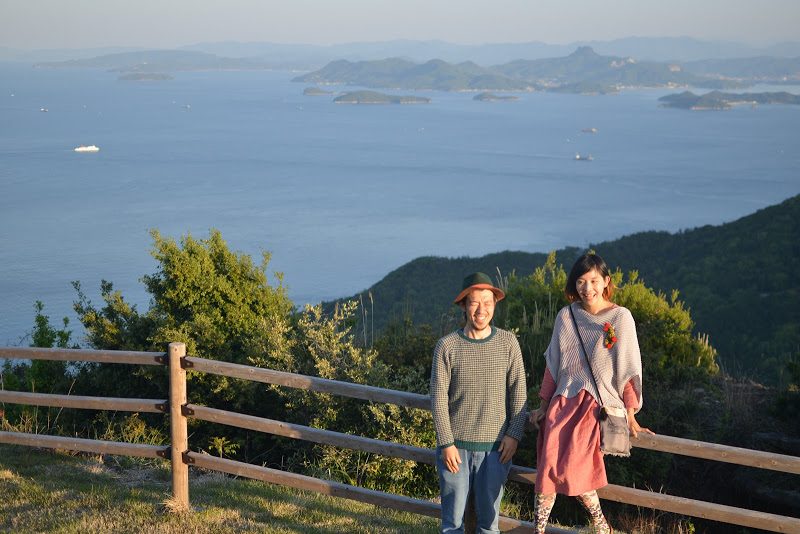
![【静岡】日本初!泊まれる公園『インザパーク』 – [Shizuoka] The park to be able to stay “INN THE PARK”](https://yousakana.jp/wp-content/uploads/2020/12/inn-the-park-800x534.jpg)
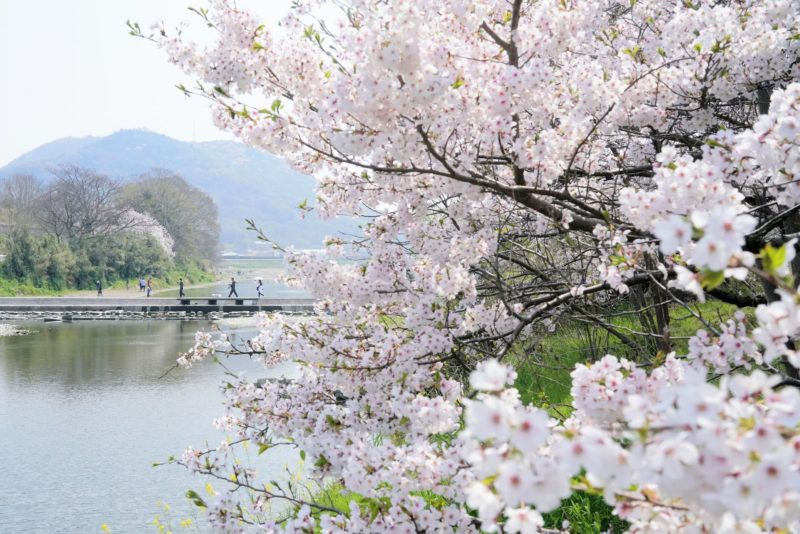
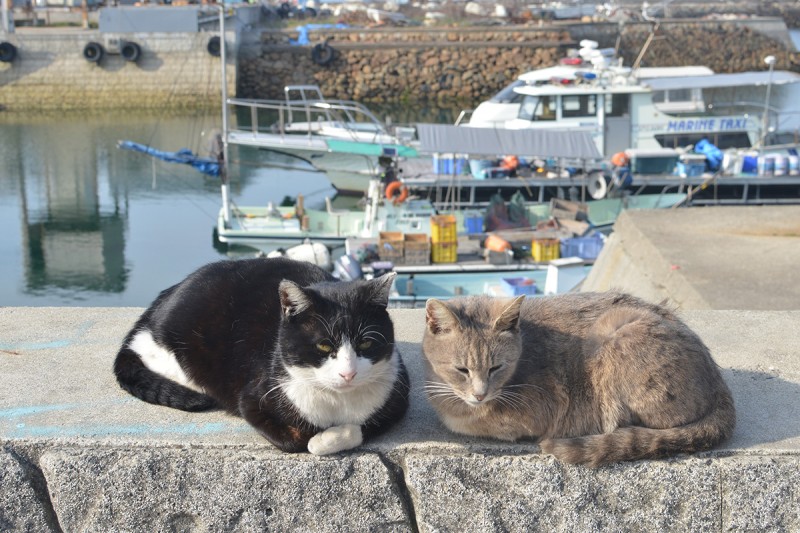

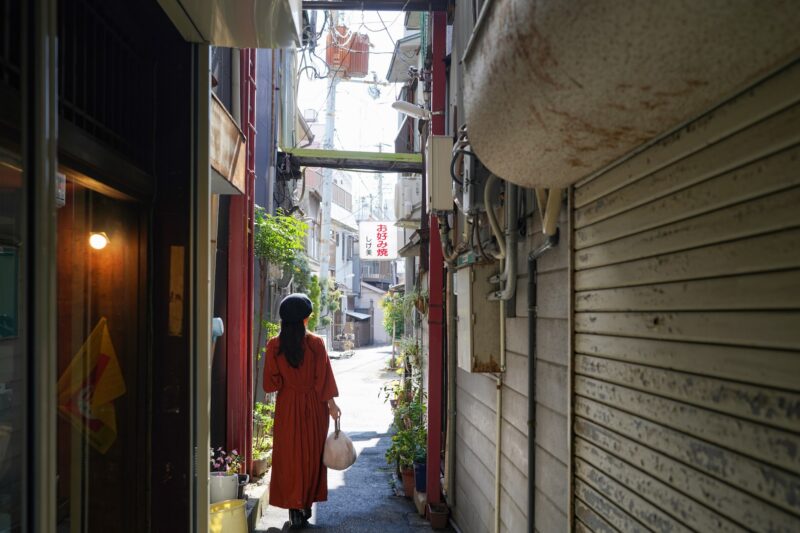
![【香川】1950年創業の豆菓子専門店『筒井製菓』 – [Kagawa] Tsutsui Confectionery, a specialist in bean confectionery, established in 1950.](https://yousakana.jp/wp-content/uploads/2024/02/tsutsui_mamegashi_kagawa-800x533.jpeg)

![【香川】瀬戸内海、大崎の鼻の桜 – [Kagawa] Cherry Blossoms of Osaki no hana, Setouchi](https://yousakana.jp/wp-content/uploads/2023/03/panorama_osaki-no-hana_sakura-800x485.jpeg)
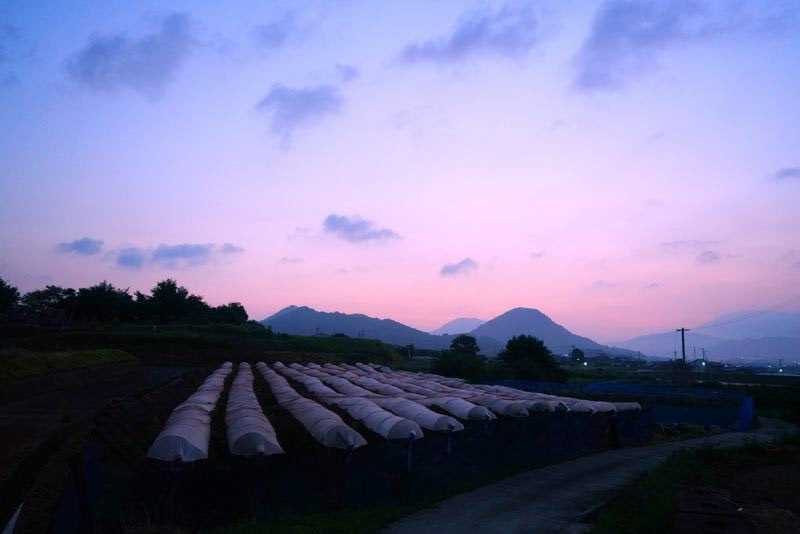
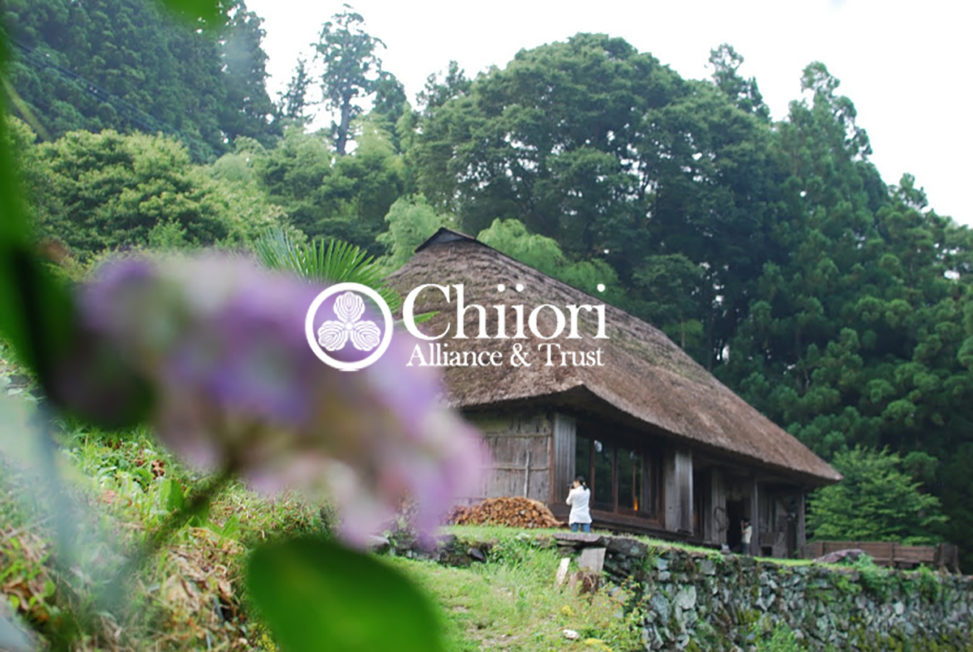
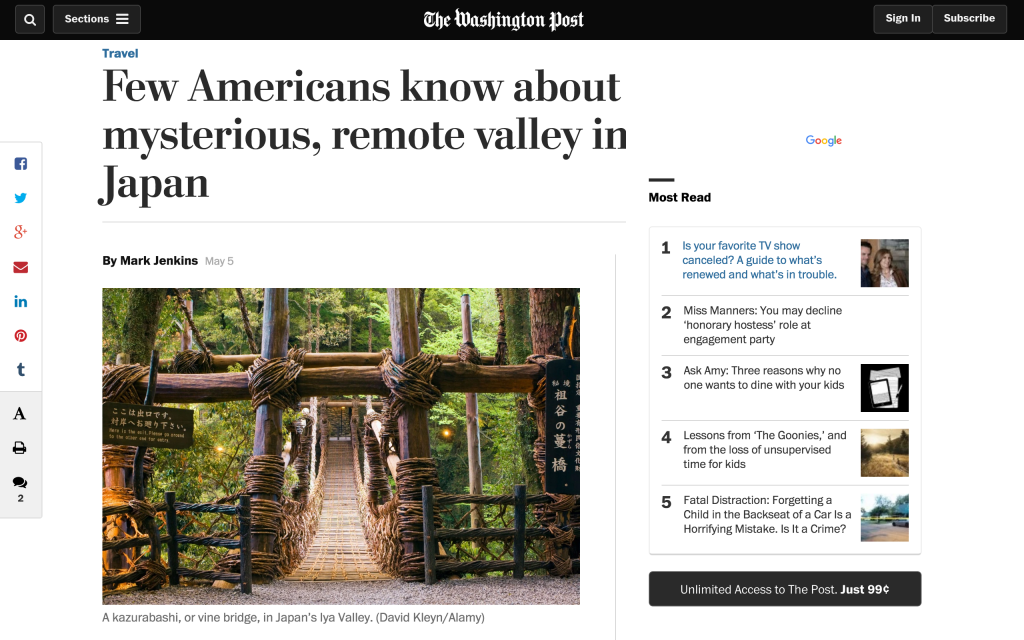

コメントを残す